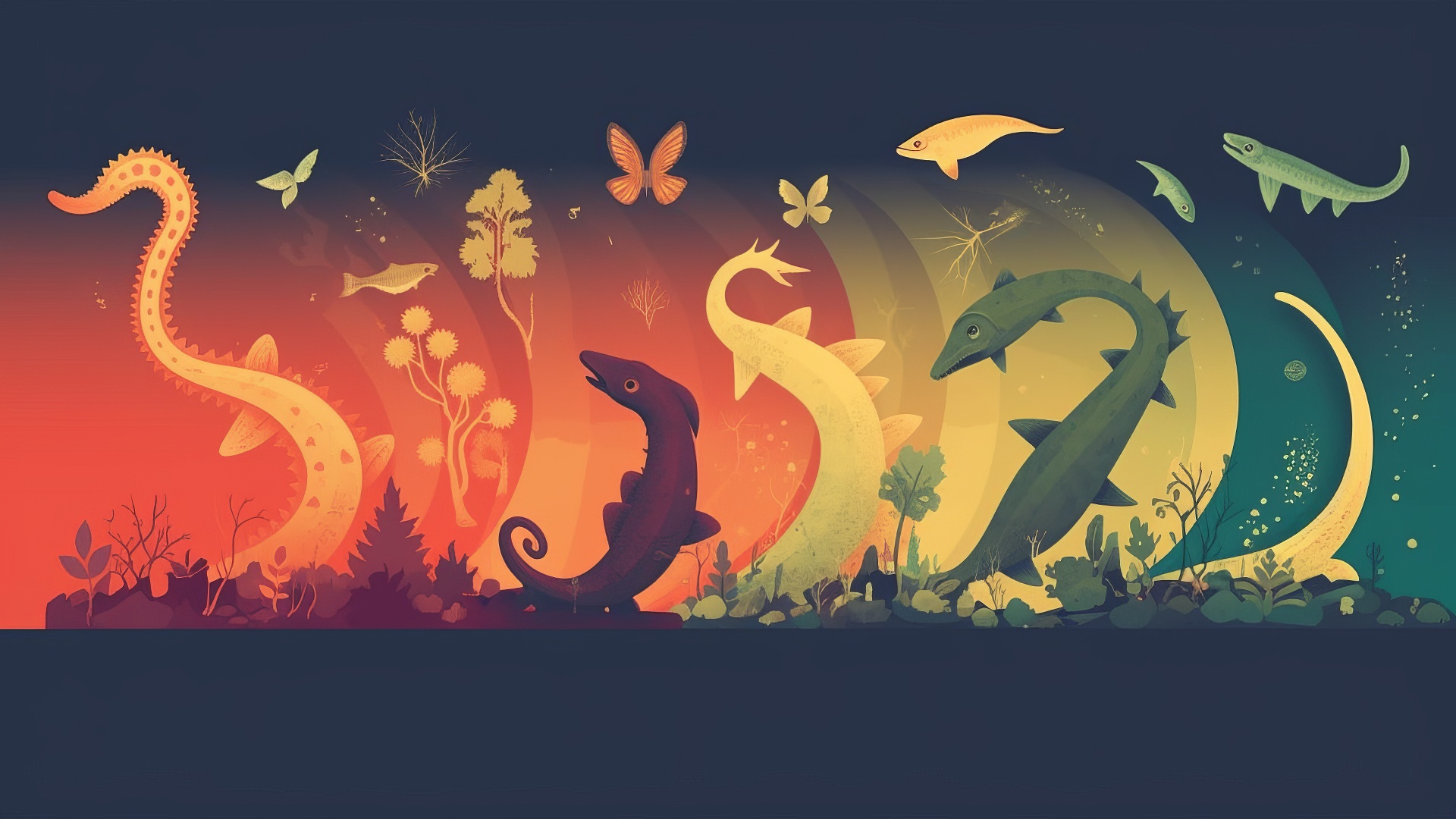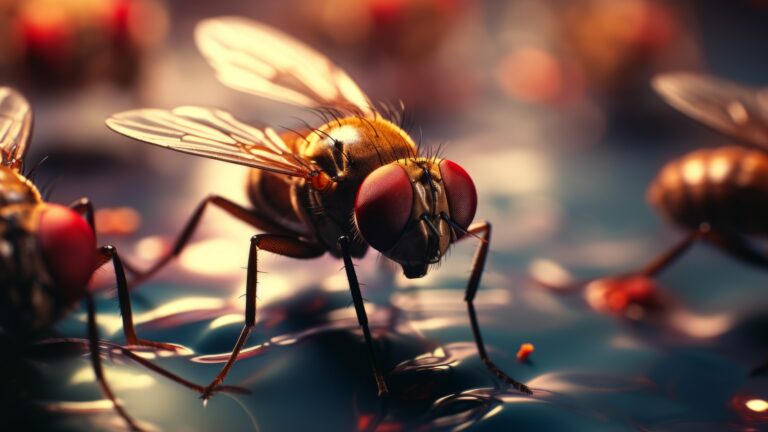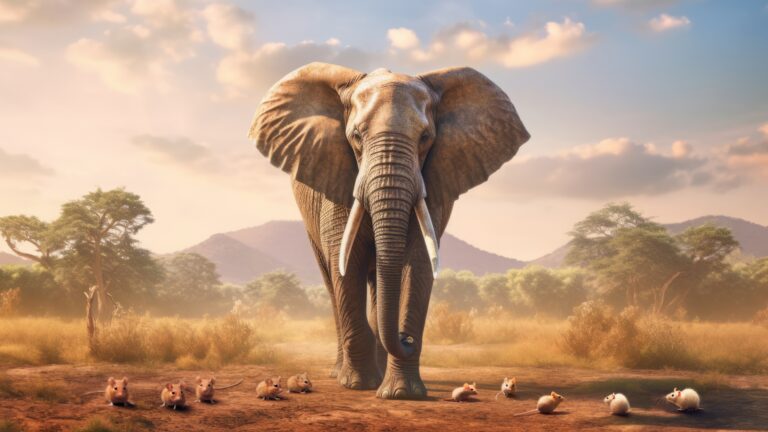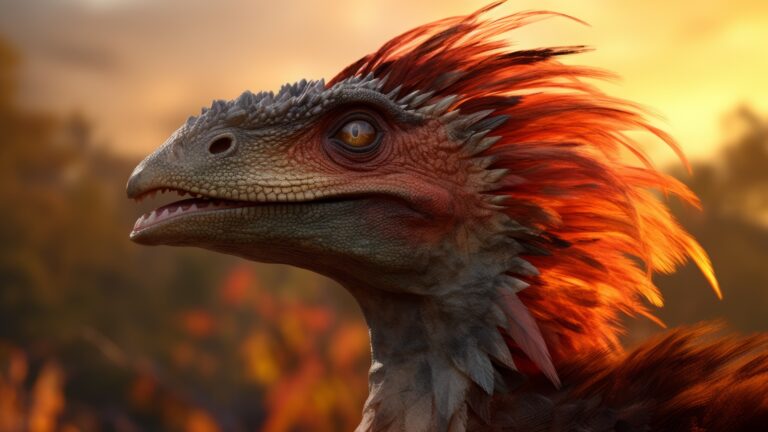Maladaptation refers to evolutionary traits that hinder an organism’s survival and reproduction, possibly leading to extinction. These traits may arise due to various factors, including rapid environmental changes and genetic constraints. Understanding maladaptation aids in conservation efforts and disease management.
Definition of Maladaptation
Maladaptation refers to a trait that is (or has become) more harmful than helpful. In evolutionary biology, it’s an adaptation that reduces an organism’s fitness or ability to survive and reproduce in its environment.
Evolution and Adaptation
Understanding maladaptation requires a grasp of the principles of evolution. Evolution is driven by genetic variation, inheritance, and natural selection. Organisms develop adaptations over time that improve their fitness, or their ability to survive and reproduce.
Reasons for Maladaptation
- Genetic Constraints: These constraints can limit the potential adaptations available to an organism, leading to sub-optimal traits.
- Trade-offs: An adaptation that enhances one aspect of an organism’s fitness can decrease another. For example, a trait that increases speed may also decrease strength.
- Changing Environments: If an environment changes too quickly for an organism to adapt, existing traits may become maladaptive.
- Pleiotropy: This refers to one gene influencing multiple traits. If a mutation occurs, it can affect more than one trait, sometimes leading to maladaptation.
- Sexual Selection: Traits that are attractive to mates but harmful for survival (like a peacock’s tail) can be considered maladaptive from a pure survival standpoint.
Identifying Maladaptation
Maladaptation is not always obvious. It requires a detailed understanding of the organism, its traits, and the ecological context. Long-term studies, comparative studies between populations or species, and modelling approaches can provide insights.
The Role of Genetic Drift
Genetic drift, which is a random change in allele frequencies in a population, can also lead to maladaptation. Especially in small populations, traits that are not beneficial or are even harmful can become prevalent purely due to chance.
Maladaptation and Extinction
If a species has a high level of maladaptation and cannot adapt quickly enough to changing conditions, it may be at risk of extinction.
Human-Induced Maladaptation
Humans can inadvertently cause maladaptation in other species. For instance, the use of pesticides can lead to the evolution of resistant pests, and climate change can cause habitats to alter more rapidly than species can adapt.
Maladaptation in Humans
In humans, traits that were once beneficial may now be harmful due to changes in lifestyle. For example, our desire for sweet foods was beneficial when high-calorie foods were scarce, but it is less advantageous in environments with abundant high-sugar foods, contributing to obesity.
Potential Remedies
Understanding the principles of maladaptation can guide conservation efforts. These may involve assisting species adaptation, like translocating species to more suitable habitats or promoting genetic diversity to enhance adaptation potential.





